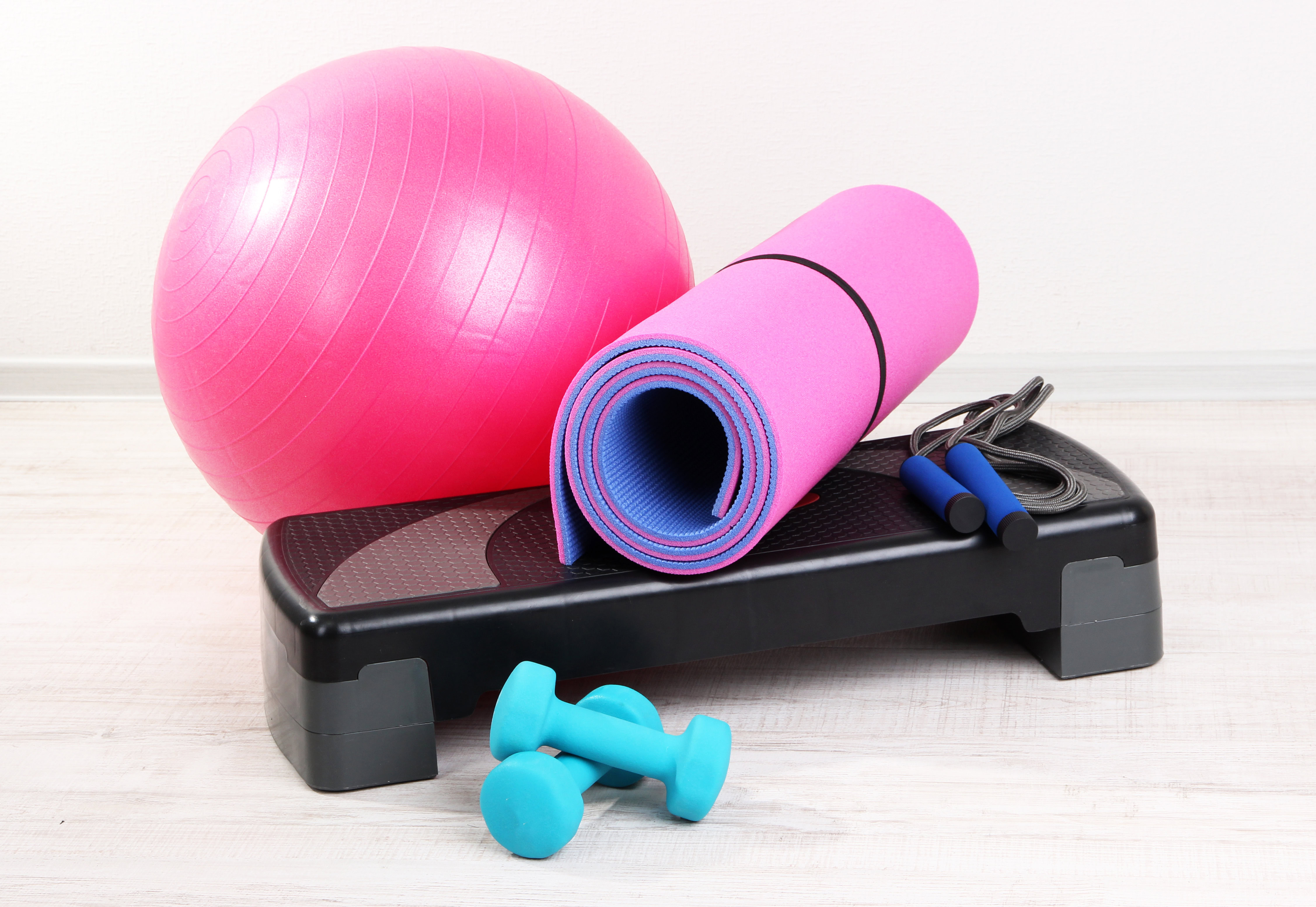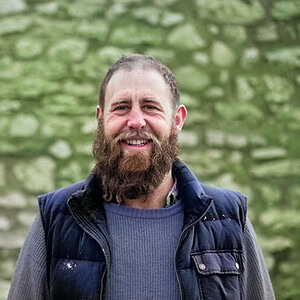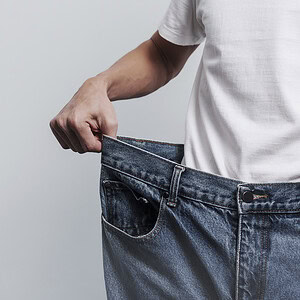Not everyone can do Couch to 5k to get fit. By focusing on what we can do, there are ways and means.
When Pauline Roche was involved in a road traffic accident 33 years ago, it left her with low mobility and lymphoedema (a condition in which swelling occurs from build-up of fluid) due to the multiple fractures and soft tissue damage she sustained.
But whilst she “misses the freedom” of long cycle rides, she hasn’t let it put a stop to keeping active.
“I do a ‘Shape Your Body’ Zoom class every Monday,” she says. “I do what I can in this class within the restrictions of my mobility and energy, so I don’t do floor work and I do fewer movements.
“I also take short walks around my local area, usually using crutches. I swim a bit when I feel able to — again adapting to my impairment as I can’t kick my legs properly.”
Exercise is a regular part of her life, but Roche says it isn’t always portrayed as an option for people like herself.
“I think it would help if disabled people taking exercise was just seen as a normal, healthy thing to do, rather than for therapy,” she says.
And it’s not just Roche who thinks this. According to Dom Thorpe, a personal trainer who works with people with chronic illnesses or disabilities, it is a huge misconception that people with low mobility can’t exercise.
“There’s…a big misconception that aerobic exercise means running, cycling or cross training in the gym,” he says. “But you can use your arms and a set of dumbbells to do an aerobic workout.
“Anything that sustains an elevated heart rate is going to be a cardiovascular workout and uses the aerobic system.”
He adds that it’s also a misconception that it won’t be challenging or fun.
Find your starting point
Rather than thinking about all the things you can’t do, Thorpe says the best place to start is looking at what you can do.
“A person with low mobility who is struggling may be focusing on the fact that their legs don’t work so they can’t do all the things that they know,” he says.
“You’ve got to remember that your arms are equally as important — especially if you are someone who uses a wheelchair. So the stronger and fitter your arms are, the better.”
Once you have identified the parts of your body you can use, utilise these.
The four pillars of fitness
He also recommends focusing on what he calls “the four pillars of health and fitness”:
- Progression (doing more than you have done previously)
- Consistency (making sure you don’t do something for two weeks and then stop)
- Nutrition (ensuring you get the right nutrients to facilitate your training)
- Recovery (giving your body enough time to rest and recuperate)
Thorpe suggests adapting each pillar according to what you can do.
Exercise with chronic fatigue
With chronic fatigue, he emphasises the importance of recovery.
“If you have chronic fatigue you might want to consider longer recovery, not only between sets but between sessions. You might even need to consider heart rates within the session.”
This is how 28-year-old Emma Mulcahy approaches fitness, having suffered with an undiagnosed chronic illness for over 10 years that often leaves her fatigued.
“I’ve had to stop taking part in high intensity exercise such as HIIT and spin classes which were my favourite,” she says. “I can get short of breath quite easily and that makes me feel anxious.”
Instead, she focuses on lower intensity classes such as yoga and Pilates. She still lifts weights, but focuses on slower movements that involve her upper body.
“Walking is the best exercise for me both physically and mentally,” she adds. “Most days I get out for at least 30 minutes.”
Forget the little details
Thorpe also says to forget about “the little details” such as the best time of day to train, or exactly how many grams of protein you should be eating before or after a workout.
“Those things matter to elite athletes if they’re making a 1% change, but for the majority of people it’s better to do something rather than nothing.
“And do it with a purpose; don’t just do something because your doctor told you to or because the newspapers told you to exercise.
“Think about what you want to achieve and that should dictate the type of exercise you do.”
Health over weight
It can also help to think beyond weight loss. Research shows that exercise alone doesn’t help us to lose weight.
However, it can have many benefits, such as helping to keep weight off, improving cognitive function in later life, lowering blood pressure, reducing the risk of cancer, diabetes and osteoporosis, and improving mental health.
So even if you can’t pound the pavements, don’t write exercise off — there are plenty of benefits you can harness within your capabilities.
Confidence
Finally, if you feel self-conscious about exercising in public, just focus on yourself.
“Other people’s attitudes can be unhelpful,” says Roche. “Because my leg is visibly damaged and scarred, I do get people staring at me sometimes in the pool or when I wear shorts.
“But 33 years after the accident, I’ve learned to ignore it for the most part.”
Mulcahy also says to go at your own pace.
“Don’t ever feel bad for not being able to ‘keep up’ with whatever is the societal norm,” she says. “Find an exercise that you enjoy and that doesn’t put added strain on your body.”
Enjoyed this article?
Read our interview with Olympian Sharron Davies
For articles and recipes subscribe to Optimum Nutrition
Discover our courses in nutrition






